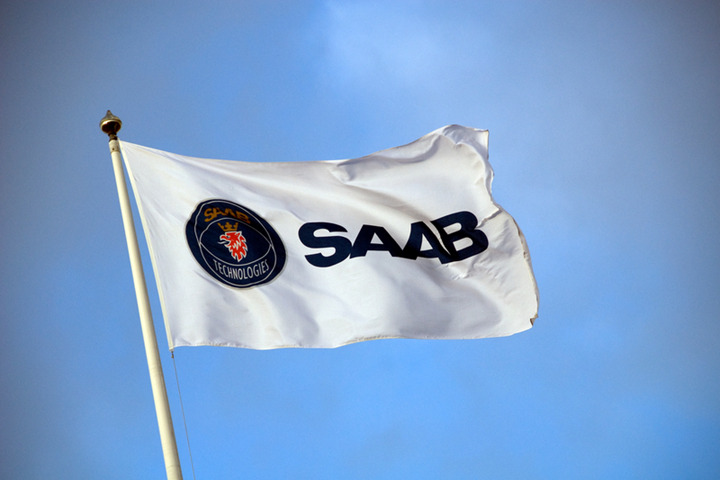Saab Aerostructures announces composite cargo door iteration, flaperon developments
Saab Aerostructures has reported updates to two of its composites-related projects, an RTM’d flaperon and the next iteration of the Clean Sky 2 technology demonstrator cargo doors.

Photo Credit: Saab Aerostructures
Saab Aerostructures (Linköping, Sweden) has reported some updates to two of its composites-related projects, an RTM’d flaperon and the next iteration of the Clean Sky 2 technology demonstrator (TD) doors.
Under the joint European Union (EU) undertaking project Clean Sky 2, Saab Aerostructures in collaboration with Airbus (Toulouse, France), is to develop and manufacture five TD doors. Four of the demonstrators (TD1-TD4), are metallic structures using innovative technologies such as friction stir welding, a process that uses a non-consumable tool to join two facing workpieces without melting the workpiece material. The fifth demonstrator will be made with composite materials.
TD4, a cargo door, specifically consists of an adhesive-bonded structure together with an innovative design, an electro-mechanical actuator system and additive manufacturing (AM), the company notes. The door has been delivered to the ZAL Centre for Applied Aviation Research GmbH (Hamburg, Germany) for testing; moreover, at the end of October this year, Saab reports the doors were opened and closed for the first time with successful results.
The next iteration of the project is to continue the development of TD5, which will be a composite door developed using vacuum infusion. The demonstrator will be fitted with the same system as TD4 and installed in the Clean Sky 2 composite fuselage Multifunctional Fuselage Demonstrator (MFFD).
Saab Aerostructures also reports that its first flaperon — the portion of an aircraft’s wing that acts as a control surface — was manufactured using RTM. With an integrated design and net shape, Saab Aerostructures says operations after demolding are limited. In addition, the RTM process ensures assembly without shimming is possible.
One of the challenges, the company notes, was the tooling design, since the flaperon is shaped like an hour glass. Next development steps include final assembly and testing by Airbus.
Related Content
-
Carbon fiber satellite arm reduces weight, simplifies assembly onto naval vessels
Satcom developer EM Solutions partnered with ACS Australia to replace an aluminum arm design with a 65% lighter, one-piece, corrosion-resistant carbon fiber/epoxy alternative.
-
Novel insert technology enables arc stud welding with composites
FAUSST technology enables fast, reliably welded connection of metal components in composite structures.
-
Revisiting the double vacuum debulk process
Evolution of the double vacuum debulk (DVD) process over the years continues to advance its “near autoclave quality” for low-void, highly compacted repair patches.
















